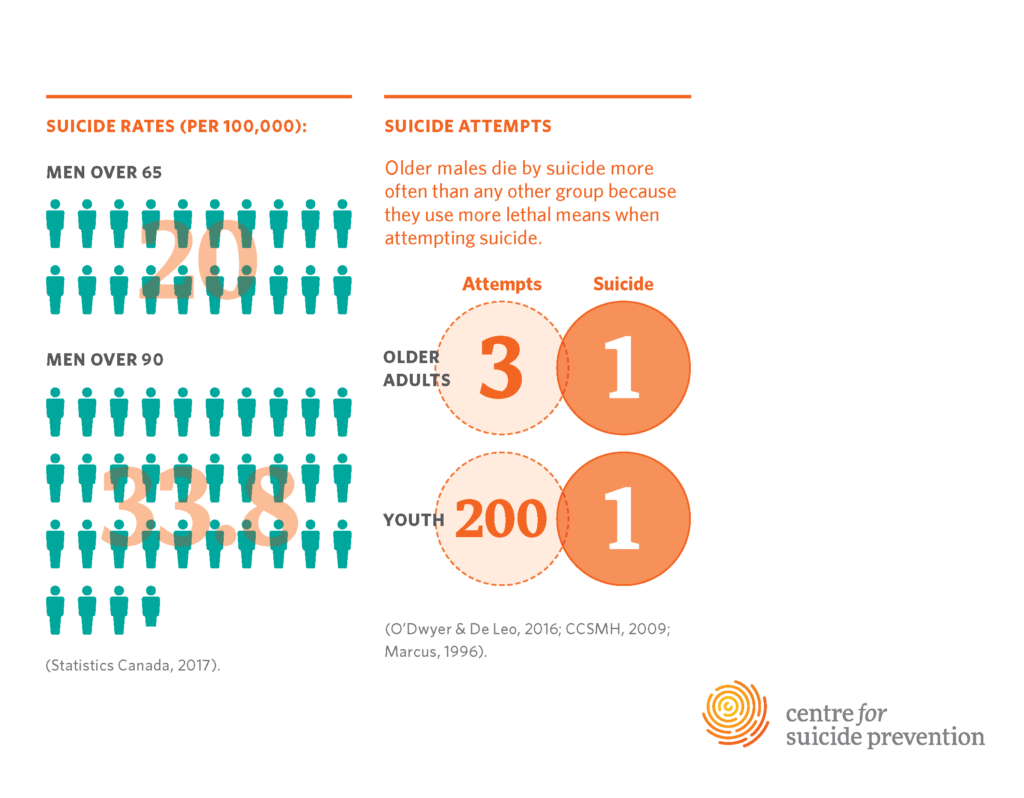U.S. health innovation has been a dynamic force reshaping the medical landscape not only domestically but also across the globe. This thriving ecosystem emerged from historic milestones in biomedical research, such as the mass production of penicillin during World War II, which laid foundational principles for future advancements. The synergy between public-private partnerships has fostered a robust environment for scientific collaboration, driving significant funding and research initiatives. Moreover, federal funding mechanisms have played a crucial role, enabling institutions to advance their work and improve healthcare solutions. As the nation stands at the forefront of medical breakthroughs, examining the roots and ongoing impacts of U.S. health innovation becomes essential for understanding its profound influence on public health.
The landscape of healthcare advancement in the United States, often referred to as medical innovation, draws on a rich history of collaboration between government, academia, and private industry. This unique synergy is illustrated by significant developments in drug production, notably the penicillin breakthroughs made possible by cohesive scientific inquiry during wartime. The intricate dance of financial support through federal sources and the contributions of the corporate sector highlight the importance of strategic partnerships in fostering health improvements. Furthermore, the era of scientific collaboration ignited by World War II established precedents that continue to influence contemporary biomedical research. Such historical insights underscore the resilience and adaptability of the American healthcare innovation model, showcasing an enduring commitment to advancing public health efficacy.
The Origins of U.S. Health Innovation
The U.S. health innovation ecosystem has deep roots tracing back to World War II. During this time, the federal government recognized the urgent need to enhance military technology, which included medical advancements to address the health crises among soldiers. For instance, in 1940, notable leaders from academic and industrial realms approached President Franklin D. Roosevelt, advocating for a collaboration aimed at maximizing civilian scientific capabilities for military applications. This significant partnership laid the foundation for what would evolve into a robust biomedical research environment, illustrating how crises can catalyze innovation through public-private partnerships.
The outcome of this early collaboration was profound. With federal funding acting as a catalyst, researchers began to explore new and innovative ways to combat infectious diseases, directly affecting military effectiveness. The campaign for mass production of penicillin stands as a landmark example of successful biomedical innovation emerging from this collaborative framework. This transformational effort not only aided in rapidly deploying antibiotics to treat wounded soldiers but also reshaped the landscape of drug development, setting a precedent for future scientific collaboration and innovation in the healthcare sector.
Frequently Asked Questions
What is the role of public-private partnerships in U.S. health innovation?
Public-private partnerships play a vital role in advancing U.S. health innovation by fostering collaboration between government entities, academia, and private companies. These alliances leverage federal funding to support biomedical research, facilitating new discoveries and technologies that benefit healthcare outcomes. This cooperative ecosystem has its roots in World War II, where such partnerships enabled rapid advancements in medical technology, such as the mass production of penicillin.
How did federal funding impact biomedical research in the U.S.?
Federal funding has been a cornerstone of U.S. biomedical research, significantly enhancing the capacity of universities and research institutions. Over the decades, these funds have supported groundbreaking innovations in medicine and health technologies. The National Institutes of Health (NIH) has been pivotal in allocating these resources, thus driving scientific collaboration and ensuring that the U.S. remains a leader in health innovation.
What historical developments in U.S. health innovation were influenced by World War II?
World War II catalyzed significant advancements in U.S. health innovation, particularly through the development of penicillin. The war highlighted the urgent need for effective medical solutions, prompting the establishment of agencies like the Office of Scientific Research and Development (OSRD). This led to strategic federal funding and scientific collaboration that laid the groundwork for post-war biomedical advancements and set the stage for the modern U.S. health innovation ecosystem.
Why is scientific collaboration crucial for health innovation in the U.S.?
Scientific collaboration is essential for U.S. health innovation as it integrates diverse expertise from various fields, leading to comprehensive solutions for complex health challenges. Collaborative efforts, often catalyzed by public-private partnerships and federal funding, enable researchers to share knowledge and resources, significantly accelerating the development of new medical technologies and treatment options.
What challenges does U.S. health innovation face regarding federal funding?
U.S. health innovation currently faces challenges related to potential cuts in federal funding, particularly for biomedical research. Proposed limitations on reimbursement for indirect costs could hinder academic research institutions’ capacity to engage in innovative projects. Concerns about sustaining public-private partnerships also intensify as changes in funding policies may disrupt the collaborative dynamics that have effectively supported U.S. health innovations for decades.
How has the development of penicillin influenced U.S. health innovation?
The development of penicillin, initially achieved during World War II, marked a turning point in U.S. health innovation. It not only provided a solution to the military’s urgent health challenges but also pioneered methodologies in large-scale drug production and research practices. This breakthrough catalyzed an era of antibiotic development in the 1950s and 1960s, significantly improving public health outcomes and demonstrating the impact of federal support on biomedical research.
What is the importance of the National Institutes of Health (NIH) in the U.S. health innovation ecosystem?
The NIH is crucial in the U.S. health innovation ecosystem, serving as a primary source of federal funding for biomedical research. Its role encompasses supporting scientific collaboration among academic institutions and industries, fostering new discoveries, and facilitating public-private partnerships. The research funded by the NIH helps drive significant advancements in health technologies, ensuring the U.S. maintains its leadership in global health innovation.
How do war-time innovations contribute to modern biomedical research methodologies?
The innovations spurred by wartime efforts, especially during World War II, led to the establishment of new biomedical research methodologies that emphasize scientific rigor, structured experimentation, and collaborative frameworks. The Office of Scientific Research and Development fostered necessary changes in research management, which helped develop rational drug design and other scientific approaches that have become standard practices in today’s biomedical research landscape.
| Key Points |
|---|
| The U.S. health innovation ecosystem is recognized globally due to its historical and ongoing federal investment in research partnerships. |
| Federal funding for academic research has catalyzed private sector development, leading to significant advancements, particularly during and after World War II. |
| The partnership between the federal government and universities started in World War II to leverage civilian scientists for military technology, resulting in numerous breakthroughs. |
| The establishment of the Office of Scientific Research and Development (OSRD) during the war fostered a new framework for R&D funding and collaboration. |
| Penicillin development, spurred by wartime needs, highlights the success of this partnership, leading to a resurgence in drug development. |
| The postwar expansion of biomedical sciences can be linked to the foundational research and expertise established during World War II. |
| To sustain the success of U.S. health innovation, it is crucial to ensure that the public-private partnerships remain robust and effectively funded. |
Summary
U.S. health innovation stands as a global benchmark for success, rooted in the collaborative efforts that began during World War II. This unique ecosystem emerged from critical partnerships between government, academia, and industry. These alliances not only spearheaded breakthroughs like penicillin but also created a strong foundation for continued advancements in biomedicine. As the landscape of funding evolves, it is imperative to maintain and enhance these partnerships to safeguard the future of U.S. health innovation, ensuring its continued impact on national health and global welfare.



